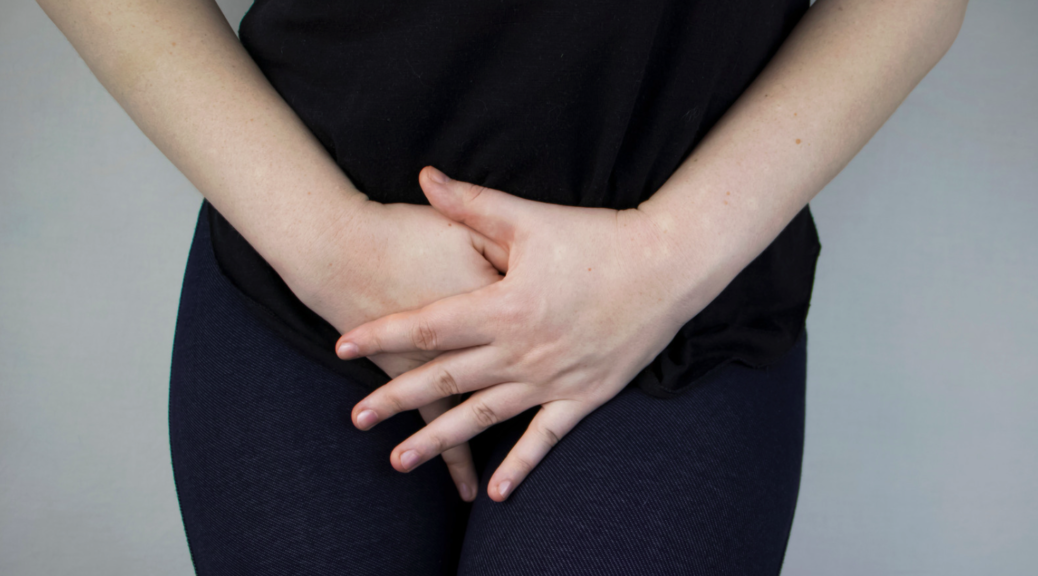
How you can take care of your pelvic floor
It’s easy to think that the only way to care for and protect your pelvic floor is through specific, isolated exercises, such as the well-known Kegel exercises. But there are daily habits that can have a great impact beyond particular exercises. Specific rehab treatments for your pelvic floor are of little use if you keep up with daily habits that harm your pelvic floor.
So, how can you take care of your pelvic floor beyond these specific exercises?
Improve your body posture
Most people tend to have an inward curved posture with a rounded back, and it may be that after having a baby, this posture is even more prominent due to the following reasons:
- Lack of toning of the glutes muscles (buttocks)
- Because of poor posture during breastfeeding or babywearing
- Because it makes you feel that it helps to support the baby’s weight
A poor, curved posture increases pressure on the abdomen so that the lower abdomen can bulge out due to the increased pressure on the abdomen and pelvic floor. An increase in pressure over a long period can damage your pelvic floor.
But the big question is: what is the correct posture? The key is your hips because placing them in the right position will improve your body posture.
- When sitting, support yourself on your sitting bones (the sitting bones are the bones that dig into a hard chair; you can touch them if you sit on your hands).
- When standing, try to be able to see your feet when looking down at all times. You will need to keep your back straight to do this.
Maintain a good position when passing stool
It seems simple, but most people do not have good habits when it comes to going to the bathroom. Here are some tips to improve your technique, take care of your pelvic floor, and improve symptoms of constipation if you suffer from it.
- Do not hunch and curve your back forward; keep your back straight but relaxed.
- Rest the sitting bones (the bones under the buttocks) on the toilet bowl.
- DO NOT PUSH, but if you do, at least blow out your breath by making the sound of an S with your mouth. Don’t hold your breath.
- Use a footstool under your feet so your knees are higher than your pelvis to make it easier to pass stool.
- But most importantly, don’t wait to go to the toilet when you feel the urge, and don’t hold it in, as this makes your stool harder, and it will be more difficult to pass.
Urinate without straining the pelvic floor
Things like not sitting down on the toilet seat, holding your pee for more than 4 hours, or going to the bathroom quickly make the pelvic floor muscles more stiff. While passing urine, the most important thing is to relax the muscles to help the urine to come out.
To protect your pelvic floor, it is recommended that you go to the bathroom to urinate every 2-3 hours and try to avoid “preventive” pees, as this causes the bladder to become irritated and not function properly. So, even if you wake up to breastfeed at night, go on a long trip, or leave the house, you should not go to the bathroom if you don’t feel like it.
Improve pelvic mobility
General exercise and body movement, but in particular toning your glutes, can help to protect your pelvic floor, as it helps to improve your body control.
In addition, pelvic mobility exercises (such as hula hoop) promote a more free pelvis, helping to prevent pelvic floor problems.
Stay hydrated
Staying hydrated is one of the keys to caring for your pelvic floor because good hydration nourishes the tissues and improves their quality.
Take care of how you get out of bed
It is important that you get up from your bed on your side so you don’t put too much pressure on your abdomen.
These were just some of the recommendations to continue caring for your pelvic floor.